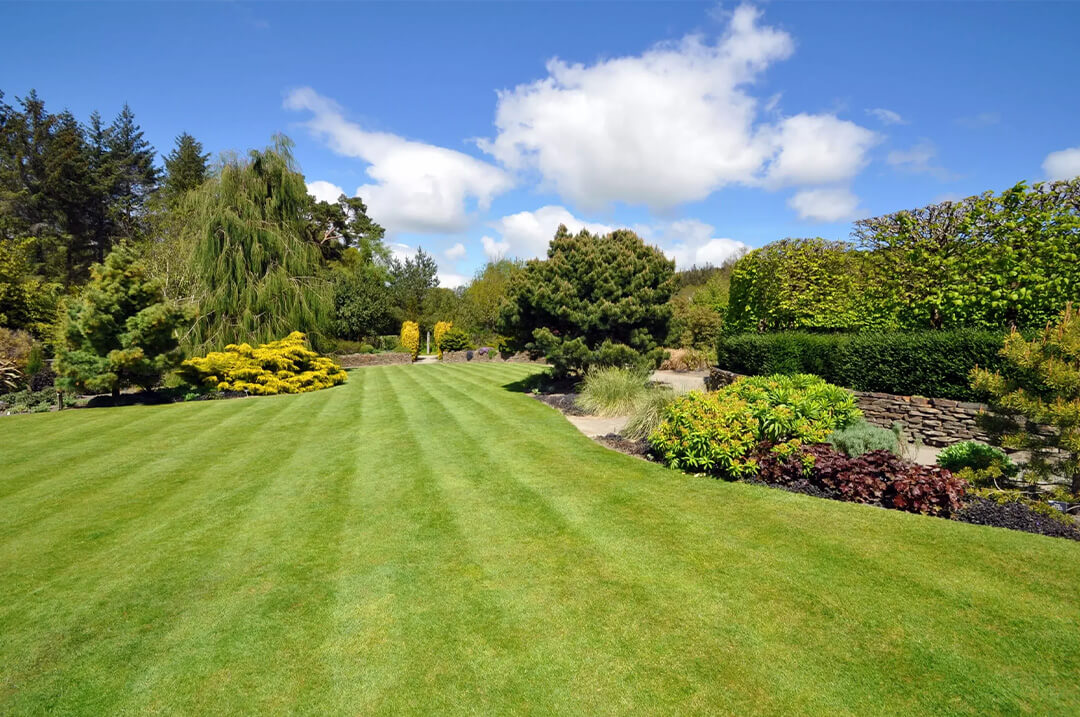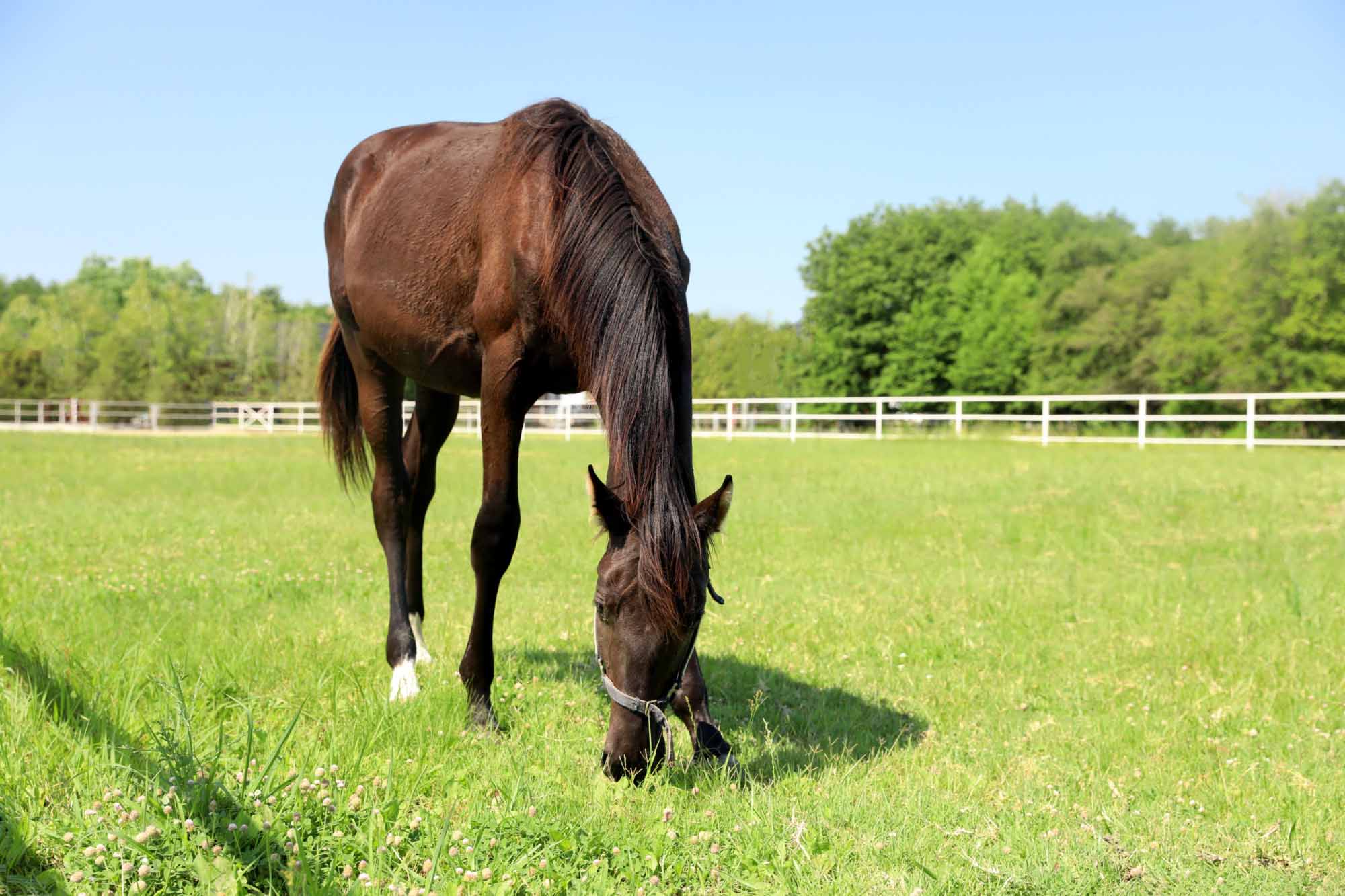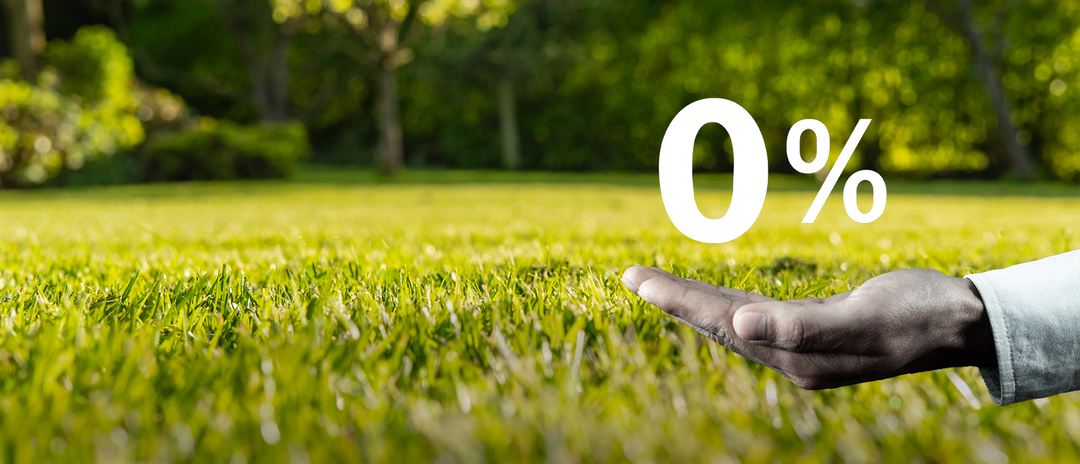As summer fades and autumn approaches, the landscape begins to change, prompting homeowners to consider the state of their lawns. The transition into autumn presents unique opportunities for promoting healthy grass growth and establishing vibrant lawns. September, in particular, stands out as an ideal time for sowing grass seed, offering numerous benefits that can lead to a lush and resilient yard.
During this month, weather conditions are typically more favorable, with cooler temperatures and increased moisture levels creating a conducive environment for seed germination. Additionally, the reduced competition from weeds allows newly sown grass to establish itself more effectively. Understanding these advantages is crucial for anyone seeking to optimize their lawn care practices.
In this article, we will explore the myriad benefits of sowing grass seed in September, comparing it to other seasons and highlighting why this timing is the key to a flourishing lawn. From ideal weather patterns to challenges faced in spring and summer seeding, we will provide insights that can elevate your lawn care strategy to new heights.
Benefits of Sowing Grass Seed in September
Sowing grass seed in September is widely regarded as the perfect time to establish a new lawn from seed or undertake lawn renovations. The environmental influences during this month provide exceptional conditions that are conducive to the successful germination and establishment of grass seedlings. One of the primary advantages of choosing September for sowing is the typically cooler weather conditions, which are less stressful for the emerging grass. Less heat means the young seedlings are not subjected to the harsh conditions that occur during hot weather, and there’s still plenty of time for them to establish before winter sets in.
The soil temperature, still warm from the summer months, is ideal for seed germination. Warm soil coupled with the onset of the cooler air temperature in September encourages quick sprouting of grass seeds. Moreover, the autumn months usually bring more consistent rainfall, which maintains necessary soil moisture for seeds to thrive without causing waterlogged conditions. This natural irrigation helps homeowners avoid the often costly and time-consuming task of artificial watering.
Further, September sees birds and other wildlife increasingly focused on foraging for food to prepare for the winter months, which means grass seeds have a better chance of remaining in place to germinate rather than being eaten. Additionally, with the right lawn seed mixture, these favorable conditions can help create a lush, green lawn ready for the following year.
Lastly, beginning lawn projects in September gives grass a head start for the upcoming year. The grass seedlings have the autumn and spring to develop robust root systems capable of withstanding summer stresses. By the time summer arrives, you should have a well-established lawn, which is more resistant to wear, tear, and dry spells.
Ideal Weather Conditions
September creates a symphony of environmental factors that are ideal for sowing grass seed for a plethora of reasons. The balance of soil temperature, air temperature, and weather conditions is vital. Soil temperature during September typically lingers from the warm summer months, which enables the seeds to germinate effectively. The ideal soil temperature for most grass species, such as red fescue and perennial ryegrass, ranges from warm to slightly cool, which September usually offers.
The soil should not be too hot, as extreme heat can stress the grass seed and seedlings, nor should it be too cold, which might prevent germination. During this month, the risk of extreme temperature fluctuations is significantly reduced, ensuring the soil temperature remains steady and conducive to seed growth.
Autumn also ushers in adequate rainfalls with lower evaporation rates, ensuring the soil remains moist but not waterlogged, providing the perfect environment for seeds to sprout and young plants to establish themselves. Additionally, with increased chances of dry weather, there's ample opportunity to prepare the ground and sow the seeds without interruptions.
Seed germination hinges not only on the right soil conditions but also on timely applications of lawn feed. September’s weather allows the feed to be absorbed effectively, strengthening the seedlings even more. However if you do need to sow later in the year when soil temperatures are below optimum, we have a solution. Our Fast Growing Grass Seed Mixture is capable of germinating at soil temperatures as low as 4 degrees celcius.
Reduced Weed Competition
September is an ideal time to sow grass seeds due to the reduced presence of weeds. This benefit cannot be overstated as weed competition is one of the biggest challenges when establishing a new lawn from scratch. Many weed species complete their life cycle and die off or go to seed by the end of summer, leaving behind less competition during the autumn sowing season. As a result, grass seedlings get the upper hand in the competition for space, sunlight, and nutrients.
By the time September arrives, the garden's weed seeds are also less prolific, providing a more clean slate for the grass seed to flourish. This minimizes the risk of the grass being choked out or overshadowed by aggressive, fast-growing weeds. This not only saves considerable time and effort in the potential future removal of weeds but also ensures that every bit of energy and resource is being devoted to the establishment and growth of your grass.
Furthermore, sowing in September means the new lawn will be beautifully established by spring, without competing with the usual surge of weed growth that comes with warmer weather. As a result, your lawn grass will be better positioned to dominate the space, reducing the need for reseeding or extensive lawn care treatments when the cycle of weed growth begins anew in spring.
Advantages of September Sowing Compared to Other Seasons
The unique climatic balance in September positions it as the ideal time for sowing grass seed. The soil maintains a warm state from the summer months with temperatures consistently above 10 degrees Celsius, which is pivotal for grass seed germination. This warmth in the soil contrasted by the cooler air temperatures of the impending autumn creates a nurturing environment for grass seeds to thrive without the extreme stress that can come from the intense heat of summer months.
Another significant advantage of the September sowing is the general increase in rainfall during this month. This provides a natural irrigation system that facilitates keeping the grass seeds and soil moist, which is essential for germination and initial growth stages. The convenience of reduced manual watering not only saves time but also helps to establish a more uniform lawn with consistent moisture across the entire area.
Reduced weed competition is yet another benefit of choosing September for seeding. As many weed seeds germinate in the warmer months, September offers a window post weed-clearance and prior to any new growth, giving grass a competitive edge. The chance to root deeply and establish without competition is crucial for long-term lawn health.
Planting in September allows the seeds to capitalise on the still-warm soils to germinate and build a strong root system before the onset of winter. These roots will then be well-established to endure and prosper through the challenges of the following year's spring and summer. A September sowing means the grass has ample time to become mature and resistant, thus better equipped to handle the stress of warmer weather and potential dry spells.
Furthermore, soil temperatures in September and even transitioning into early October usually remain around the optimal 8-10 degrees Celsius for grass seed germination, extending the window for successful lawn establishment. This prolonged period for growth maximises the potential for a healthy and durable lawn.
Spring Sowing Drawbacks
The spring season, often considered just as suitable for seeding, comes with its share of challenges when compared to the advantages of autumn sowing. One of the most apparent negatives is the increased presence of weed seedlings. The warmer conditions and longer days of spring encourage weeds to sprout, directly competing with new grass seeds for space, sunlight, and nutrients.
In spring, there is also an increased need for vigilant water management. As temperatures rise, so does the likelihood of water stress and the necessity for supplementary watering of your grass seeds to ensure they maintain soil moisture for germination. Additionally, seeds sown in the spring might not fully establish by summer, necessitating a second seeding the following year, adding to the cost and labor.
Spring also sees the grass seed battling to mature before the onset of summer stresses such as drought or pests. This makes for a weaker lawn that may not withstand the harsh conditions or deliver the performance that gardeners desire during peak outdoor seasons when a lush lawn is most desired.
Summer Planting Challenges
Summer, with its potential for hot and dry weather, poses one of the toughest seasons for sowing grass seeds. The soil often becomes too hard and parched for seeds to properly germinate and establish—a situation exacerbated by historical hosepipe bans during summer droughts, hindering the ability to provide necessary watering.
While summer sowing may not be the traditional choice, it can still yield success under the right conditions. If the summer is particularly mild or if one has the ability to provide consistent irrigation (e.g., in the absence of hosepipe bans), grass seed can establish even during these traditionally challenging months. The choice of drought-resistant grass seed varieties can also influence the success rate of summer plantings.
The shifting climate patterns may also present new opportunities for summer sowing, although it remains more of a gamble compared to the more reliable September window. The assurance of adequate watering during the first few weeks and selecting the correct variety of grass for the existing weather conditions plays a key role in overcoming the challenges of a summer sowing.
Comparing Establishment Times
The time it takes for grass seed germination varies widely and depends on the species chosen, weather conditions, and soil preparation. The process typically takes between five days to three weeks, with a critical need for consistent soil moisture. Daily watering is often recommended, especially for mulched beds, to ensure a successful establishment.
For a robust start, it is best to plant grass seed well ahead of winter's onset. This gives it several months to become well-established before the ground freezes. While early autumn, particularly mid-September to mid-October, is the prime time frame, late spring also provides a window—from late March to mid-May—for successful sowing.
Planting grass seeds in colder conditions or outside of these recommended windows may result in weaker turf prone to diseases and pests. This can extend the time needed for proper establishment and compromise the lawn's overall health. Conversely, sowing during the ideal times of early autumn reaffirms the benefits of September seeding, when conditions are most conducive to developing a resilient and enduring lawn.
Conclusion
September stands out as the perfect time for sowing grass seed due to its optimum weather conditions, which cater to the needs of emerging grass seedlings. The combination of warm soil temperatures, increased rainfall, and a reduction in weed competition creates an environment where freshly sown seeds can thrive. This period is marked by soil temperatures that are still warm enough to encourage germination yet are becoming milder, preventing the stress on young plants that can occur during hot weather. Moreover, regular autumn rain showers keep the soil moist, assisting in consistent seed germination and establishment.
By seeding in September, you're providing the grass with plenty of time to develop a robust root system before the onset of winter. This early establishment is crucial for a resilient turf that can survive the colder months and burst into lush growth in spring. Given the favorable conditions and fewer dry spells observed during this month, September is often recommended for both starting a lawn from scratch and performing lawn renovations.
In conclusion, September optimises the success rate of creating a new lawn from seed due to the synergistic effect of warm soil, adequate soil moisture, reduced weed pressure, and the overall supportive growth environment.














